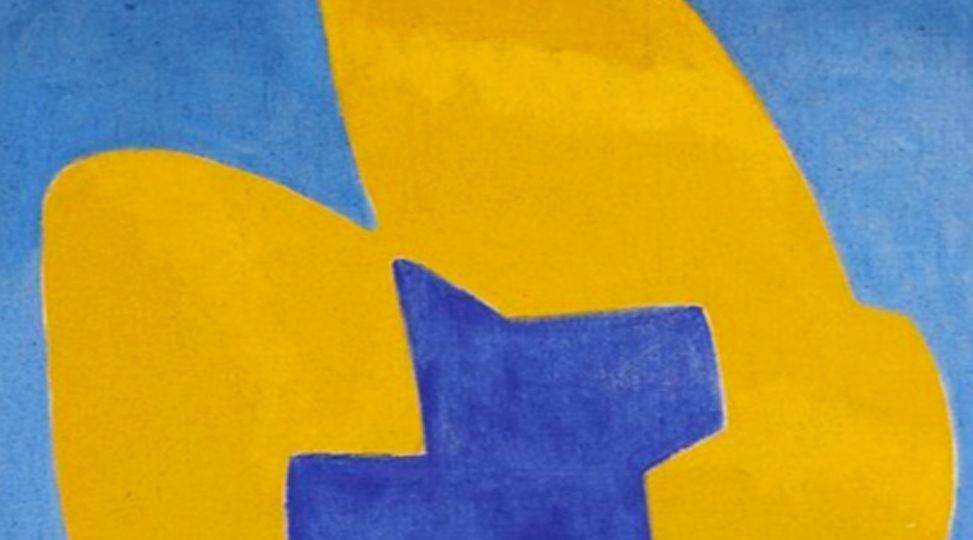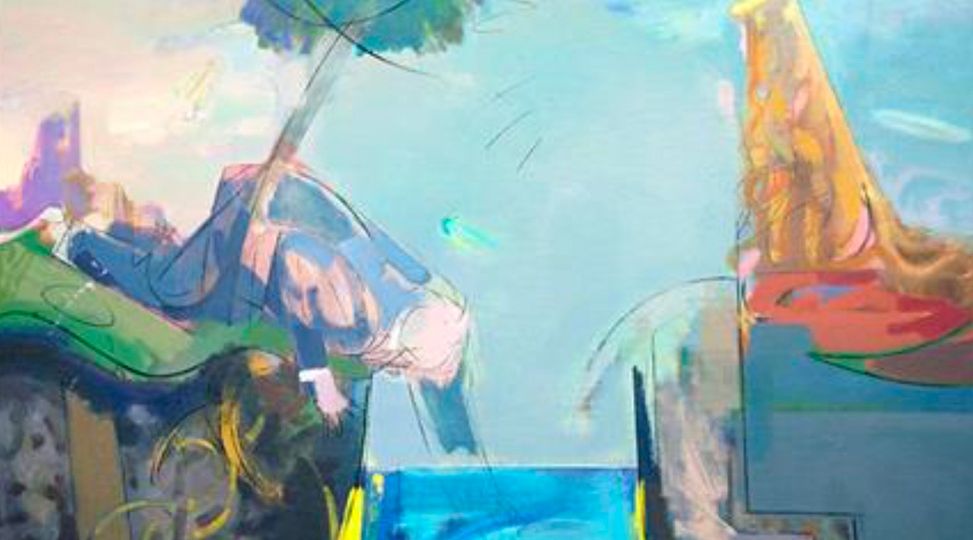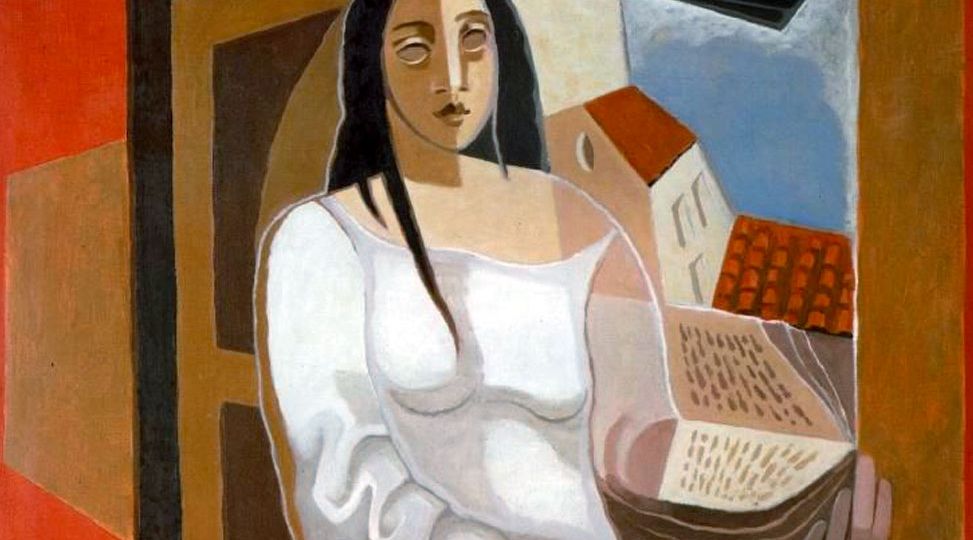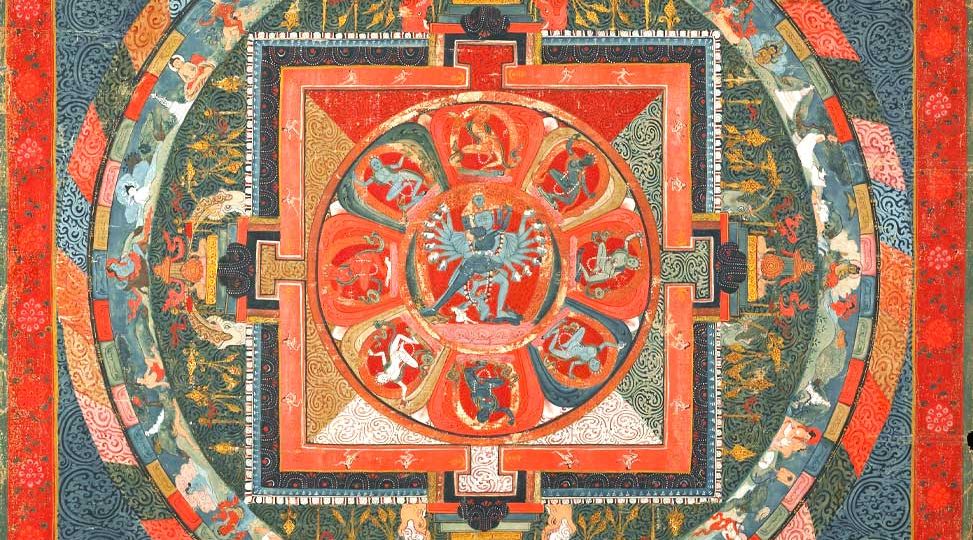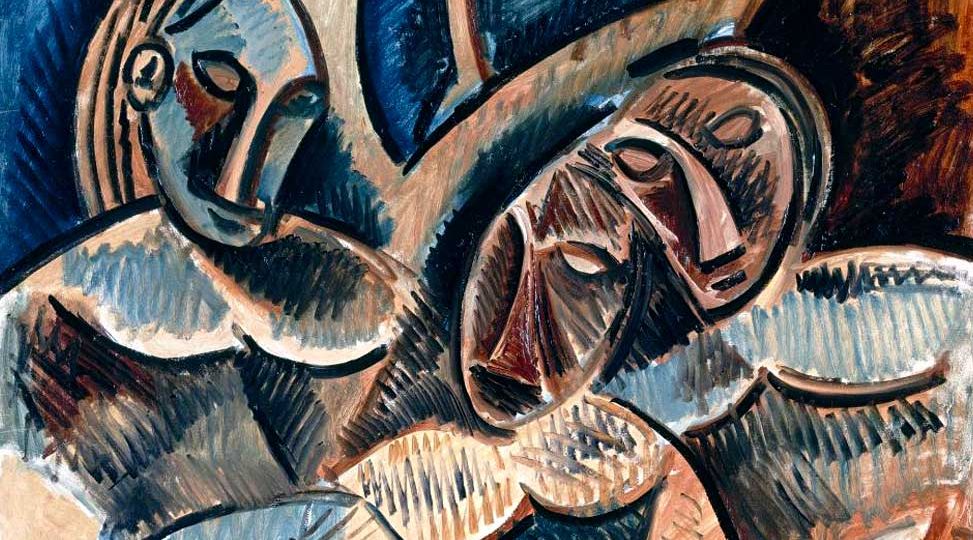Complicated conversations occur when different types of consciousness meet other kinds of consciousness, which both befriend and oppose them. You need some way of making sense of “what are the regular territories within this mad conversation?” That is what Jung achieved in Psychological Types: a flexible-enough model to cover all the collisions of consciousness that can arise.
Research, Theory, and History
Academic personality research likes to consider trait psychology to be the scientific revolution that overtook and replaced Jung’s type psychology. However, it may be more accurate to view type and trait models as complementary because the conceptual divide has been shifting, and many trends in academic personality research now reflect the fundamental principles of Jung’s type system.
For intuitives, change can be a thrilling undertaking. A preference for sensing, by contrast, tends to be associated with a step-by-step process to change that is anchored in what is known, as well as what is necessary and practical. If acculturation is viewed as a process of change, intuitive individuals possess a greater propensity for reconciling different cultural identities.
Giannini’s model differs importantly from Myers’ in that it does not restrict us to just one predominant function pair associated with one’s preferred perceiving and judging processes. His model provides a greater degree of flexibility in the developmental expression of type-related behaviors as well as enhanced adaptive power for engaging and responding to our various environments.
Type as a problem needs to be rediscovered. Although from Jung’s point of view moderate one-sidedness does not usually cause major difficulties and is a stage of development to go through, ultimately being a type is a problem whereas contemporary type theory generally views it as a virtue. This has resulted in the transcendent function being overlooked.
Is differentiation of an ego-syntonic function-attitude somehow different from differentiation of an ego-dystonic FA? Or maybe differentiation works the same for all function-attitudes and it’s just in the subsequent integration process that the distinction between ego-syntonic and ego-dystonic comes into play. Do we need a more refined understanding of typological development?
Jung believed that colors symbolize dynamic psychic factors that evolve with consciousness. An analysis of his color studies suggests that the psyche uses color as a way to distinguish different kinds (i.e., functions) of consciousness. “The personality passes through many transformations which show it in different lights and are followed by ever-changing moods.“
Independent of the historical cycle, Republican presidents tend more toward Sensing, while Democratic presidents tend more toward Intuition, as predicted by theory. This calls to mind G. K. Chesterton’s famous remark, “The job of liberals is to keep making new mistakes, while the job of conservatives is to make sure that old mistakes never get corrected.”
A separation exists between psychology and typology. Many psychologists and even many Jungians ignore Jung’s major work, Psychological Types, and the concepts underlying it. The field has been left mostly to lay practitioners, who use the MBTI® instrument for training, coaching, and other pragmatic applications. What reasons do you see for the divide?
Jung’s approach is based on pairs of polarities. Getting eight functions with such a ‘binary approach’ requires three levels of dichotomy. Jung clearly explained his split of the rational functions into two opposite functions and the same for the irrational functions; but he never provided a theoretical context for a third “dimension” of psychological type.


